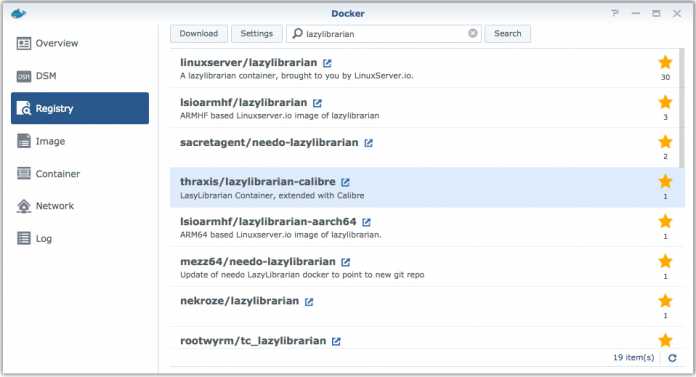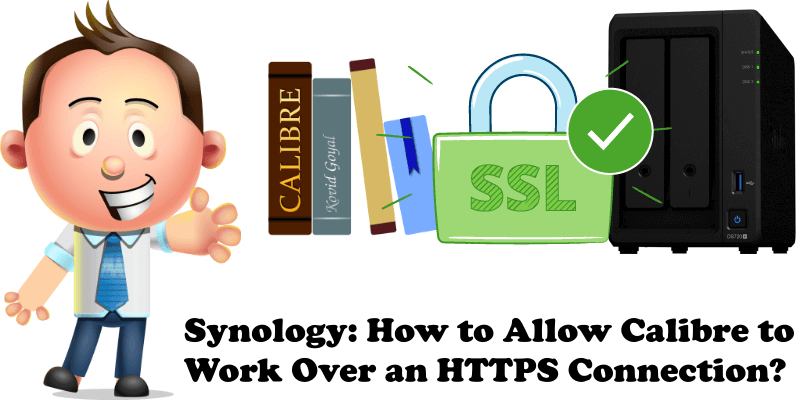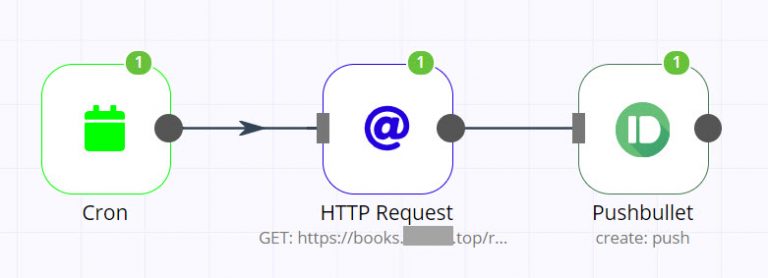

Instead, we need to rely on alternative commands synouser and synogroup. As a result the user and group modules couldn’t be used. One small annoyance is that the Linux OS on the NAS doesn’t come with commands such as useradd or groups. The only trick here is to log in using an “administrator” account using its password. To give access to a server from my Ansible host, I generally create an ansible user of the target server with passwordless sudo access.Īnd what better way to do this than through an Ansible playbook? Getting Ansible to communicate with the NAS The official documentation is pretty straightforward for this.

SSH access is disabled by default on DSM. Enabling SSH accessĪnsible uses SSH to communicate with remote hosts. So it’s natural that I want to use Ansible to install stuff on my little NAS. Being very declarative and procedural it’s not suited for complex orchestration.

AnsibleĪfter years of using custom bash scripts (plus some forgettable bewilderments with Chef) it really changed how I approach provisioning when I discovered it 3 years ago. So, if we want to make the most of this little device, we have to lift up the hood, realize that the OS (called DSM) is nothing more than a tweaked Linux. Sadly, even though Docker is supported on this CPU architecture (thank you Raspberry Pi) the installed kernel version (3.2.40) is too old to support it. This little box is a nice plug-n-play solution for basic NAS usage.Įverything is configurable via an easy to use web GUI and additional packages (or should I say “Apps”) can be installed via a dedicated section.īut the selection of those packages is pretty limited.Ĭommunity packages can be added but they are not well maintained (old software versions, installation script buggy or with unclear dependencies…). I have an entry-level Synology NAS with an ARM v7 CPU. This article is part of a multi-post series about making the most out of an entry-level Synology NAS:


 0 kommentar(er)
0 kommentar(er)
